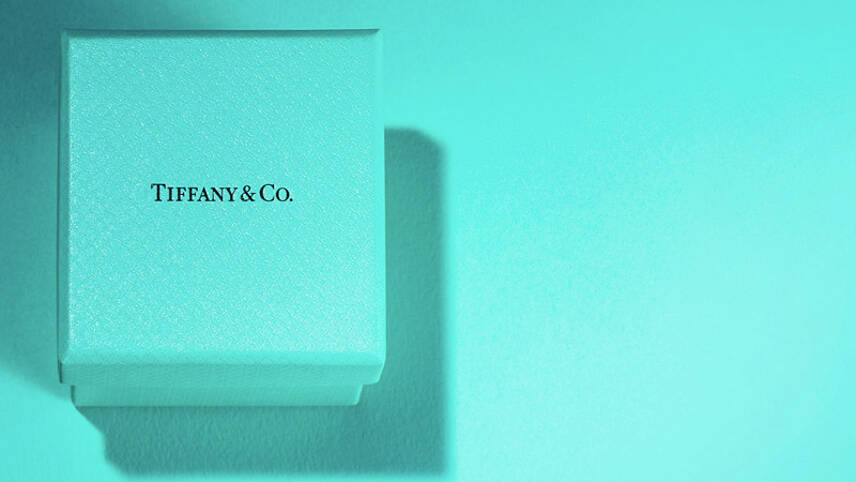Register for free and continue reading
Join our growing army of changemakers and get unlimited access to our premium content

Image: Tiffany & Co
The brand, based out of New York, has committed to reducing its Scope 1 (direct) and Scope 2 (power-related) emissions by 70% in absolute terms by 2030, against a 2019 baseline. Changes that will help to achieve these targets include procuring 100% renewable electricity, up from 89% in 2021. Tiffany will seek to generate more of its renewable electricity itself this decade.
Energy efficiency will also play a role in meeting this target. The business will continue to upgrade lighting, heating, ventilation, air conditioning and cooling. It will additionally look to enhance building energy management systems (BEMs). Some stores, offices and factories will require a deeper retrofit. Tiffany has pledged that all renovations and interior fit-outs will be designed in line with LEED Silver certification or higher. This same commitment applies to new locations and extensions.
Tiffany notably exceeded its 2013- 2020 goal to reduce Scope 1 and 2 emissions by 15% while growing the business. The new energy efficiency commitments build on an existing ambition to reduce electricity intensity in stores by 10% between 2018 and 2025.
Tiffany has additionally pledged to reduce its Scope 3 (indirect) emissions by 40% by 2030 against a 2019 baseline. Engaging with suppliers will be crucial, here, as most of the business’s emissions footprint occurs upstream in supply chains. Tiffany’s 2020 sustainability report states that, in any given year, Scope 3 emissions account for around 90% of the firm’s overall footprint. Around three-quarters of Scope 3 emissions are associated with purchased goods and services.
Moving towards sourcing 100% of its gold, silver and platinum from traceable, recycled sources will play a key role in reducing emissions associated with materials. Increasing the provision of low-emission and zero-emission transport is another key focus area.
Net-zero trajectory
The new 2030 targets support an ambition for Tiffany to achieve net-zero carbon operations and a net-zero carbon value chain by 2040. The business has gained approval for this target from the Science-Based Targets initiative (SBTi) through its net-zero standard.
To be verified under this standard, businesses need to commit to reduce emissions across all scopes by at least 90% by 2050 at the latest. The remaining, residual 10% of emissions will need to be neutralized credibly.
Tiffany has chosen to bet exclusively on nature-based solutions for its offsetting approach.
In a statement sent to media representatives, the business said: “Tiffany believes that a net-zero emissions future is not only possible—it is an urgent priority. Beyond these ongoing efforts, the House will continue to advocate for responsible climate action throughout its supply chain and the broader jewellery industry.”
Other companies with SBTi-verified net-zero commitments include Firmenich, Domino’s, Burberry, Aecom, Capgemini, Dentsu, Jacobs, JLL, Orsted and Philip Morris International (PMI). More than 1,200 businesses have signalled their intent to develop emissions targets in line with this standard.
Readers keen to learn more about the standard, and science-based targets in general, are encouraged to download our new business guide on the topic. We published this free resource two months ago.
Related news: For sustainability professionals, is the luxury sector the place to be right now?


Does zero carbon mean no diamonds?????
Richard Phillilips